‘Friluftsliv', the Norwegian philosophy of embracing the great outdoors, may hold the secret to integrating into Norway's society and unlocking happiness. Let's take a look at this cultural habit popular among seemingly all Norwegians.
When I first moved to Norway, one of the first things I noticed is how much Norwegians loved being outdoors. I didn't know the term for it at the time, but it was very clear to see.
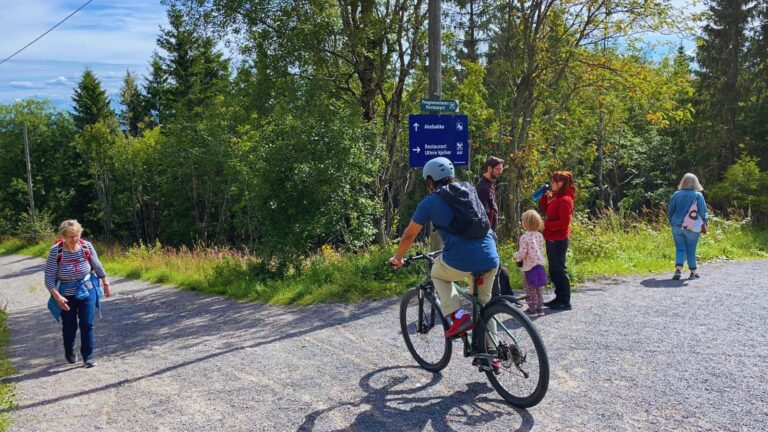
Norwegians have a deep, almost instinctive love for nature. They hike through snowstorms, picnic in the rain, and disappear to remote cabins for weekends.
It’s all part of a cultural concept known as friluftsliv, a word that loosely translates as “open-air living” or an “outdoors lifestyle”.
More than just a lifestyle, friluftsliv is often cited as a key to happiness in Norway. For newcomers, it might even be the secret to settling in and understanding a key element of Norwegian culture.
Table of Contents
What Is Friluftsliv?
The word friluftsliv combines the Norwegian words for “free” (fri), “air” (luft), and “life” (liv). It’s typically interpreted as “a life in the open air.” But it’s more than a direct translation. It’s a philosophy of reconnecting with nature, not as a challenge to conquer but as a space to simply be.
The term was first coined by playwright Henrik Ibsen in 1859, but the roots of friluftsliv go back much further.
For centuries, Norwegians have relied on the land for food, transport, and seasonal rhythms. Today, that connection to nature remains deeply embedded in national identity, even in the most urban corners of the country.
A Culture Shock in Hiking Boots
When I first moved to Norway, I didn’t know the term friluftsliv. But I quickly noticed something was different.
Norwegians seemed to be outside all the time. Whether it was snowing, raining, or bathed in summer sun, people were hiking, skiing, grilling sausages in the park, or simply going for a walk.
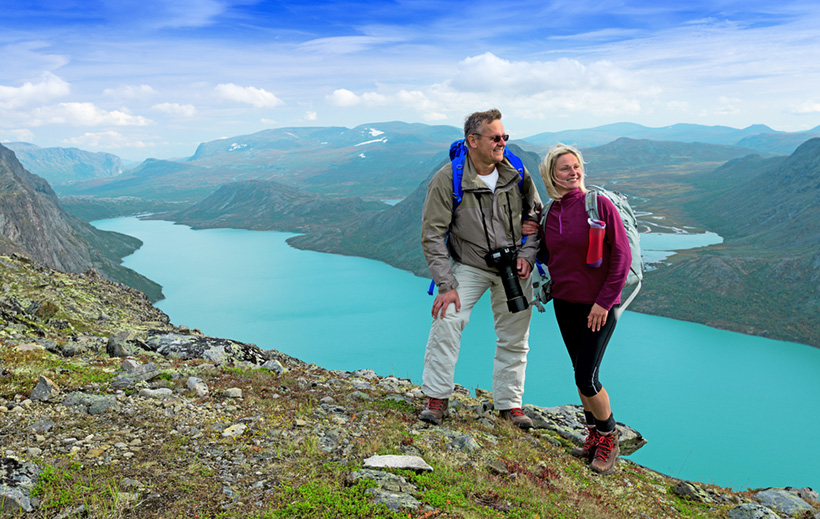
After more than a decade of living here, I’m convinced that failing to embrace friluftsliv is one of the key reasons why some newcomers struggle to settle. This cultural habit shapes everything from friendships to family life, from holiday plans to how children are raised.
From City Girl to the Mountain Trails
Just like me, Lorelou Desjardins has spent more than ten years trying to understand Norwegian culture in public.
She writes openly on her blog and in the Norwegian media about her conversion from city girl to someone who has learned to love spending her weekends in nature.
During her recent TEDx Trondheim talk, she explained that although the term friluftsliv was first coined by Norwegian playwright Henrik Ibsen in 1859, it’s been part of Norwegian culture for hundreds of years.
“It’s quite amazing that reconnecting with nature and having an outdoor lifestyle is still part of the Norwegian soul despite this very modern lifestyle that Norwegians have today,” she said.
Living a Life Outdoors
She goes on to explain her take on friluftsliv as a philosophy of living a life outdoors:
“It’s about a simple life in nature without destroying or disturbing it. It has absolutely nothing to do with the commercialisation of friluftsliv recently on social media, with people lining up on top of Norwegian mountains to take pictures of themselves.”
Desjardins also explains that Friluftsliv doesn’t need to be as extreme as climbing glaciers. The Norwegian habit of spending time outside on Sundays is a great example.
“It can be something as simple as taking a Sunday hike with your family in the forest, going skiing with your friends on the weekend from cabin to cabin, or going ice fishing with your grandfather,” she said.
A National Infrastructure for Nature
One of the biggest reasons friluftsliv is so accessible to everyone in Norway is the support and infrastructure provided by Den Norske Turistforening (DNT), the Norwegian Trekking Association.
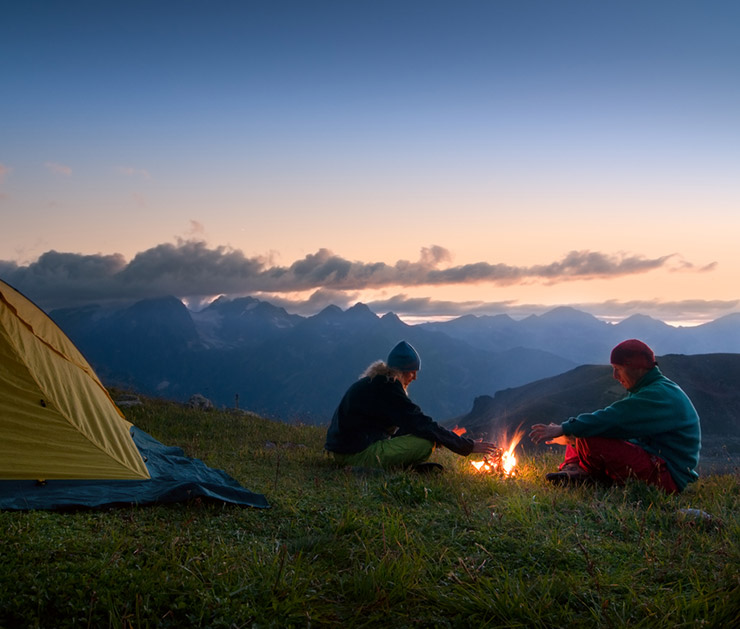
Since its founding in 1868, DNT has worked to make nature available to as many people as possible, regardless of background, ability, or experience level. From just 223 founding members, DNT has grown into a nationwide organisation with more than 300,000 members and around 57 local chapters.
These regional groups organise hikes, maintain trails, and foster community engagement with the outdoors across the country. Volunteers are the lifeblood of the organisation, contributing over 800,000 hours of work each year to maintain and mark more than 22,000 kilometres of hiking trails and 7,000 kilometres of ski routes.
Norway's DNT Cabins
DNT is perhaps best known for its remarkable network of around 550 cabins spread throughout the country, from the southern forests to the high mountain plateaus and deep into the Arctic north. These cabins range from basic no-service shelters to self-service huts and fully staffed lodges.
The staffed cabins—usually open in the summer hiking season—offer meals, beds, electricity and hot showers. Self-service cabins, available year-round to members with a DNT key, include simple cooking facilities and a stock of dried and canned food, paid for on the honour system.
The most basic cabins are essentially unlocked wilderness shelters, often used as rustic overnight stops or emergency accommodation.
To access many of these cabins, especially outside of summer, you’ll need to be a member of DNT. Membership not only gives you access to the self-service and no-service cabins, but also includes discounts and other benefits.
At the time of writing, annual membership costs NOK 835 (about €75), with discounts available for youth, students, and families.
What makes this system so special is that it’s built on the idea of trust and shared responsibility. Members are expected to clean up after themselves, restock firewood, and leave the cabins ready for the next user.
In return, they gain affordable and reliable access to some of the country’s most spectacular landscapes.
Oslo: An Outdoors Capital
Despite the image of rugged mountain peaks, you don’t need to go far to experience friluftsliv. In fact, one of its most remarkable features is how accessible it is, even in the cities.

In Trondheim, I can walk along a forest-fringed riverside trail just ten minutes from my house. A short bus ride takes me to the city forest, Bymarka, with marked hiking and skiing trails, lakes, and spectacular views.
The capital city is even more striking. Curtis Rojak moved to Oslo with a pre-existing love of the outdoors life. He turned his hobby into a cycling tour business, Viking Biking, to show off the Norwegian capital to visitors.
I interviewed him last year for my podcast, the Life in Norway Show, where he explained: “we cycle around the city and walk along sea cliffs and through forest yet we’re basically still in the city. People are amazed by it.”
The accessibility of nature in Oslo is striking. The T-Bane metro system takes passengers into forests barely a 20 minute ride from downtown, while a public system of ferries shuttles people off to a handful of idyllic islands just minutes from the bustling Aker Brygge wharf.
Rojak says that to fully appreciate the core of friluftsliv, you have to live it: “When you visit as a tourist you can see there is amazing nature. But it’s when you’re living here and you see how it affects day to day life that it really hits home. You can see how it affects urban planning and education.”
Back in Trondheim
As I mentioned earlier, Trondheim is another Norwegian city with easy access to the outdoors.
Within ten minutes' walk from my house, I'm wandering along a riverside trail. Marked ‘urban hikes' have sprung up in recent years, encouraging you to walk that little bit further and possibly discover new areas.
Trondheim's city forest Bymarka is just a bus or tram ride away from the city centre. Here, marked trails disappear into the forest and emerge around lakes or onto clearings with spectacular views of the city far below.
Having spent years touring Norway, I am yet to find a town or city without such easy access to nature!
Learning to Live Outdoors
In Norway, friluftsliv isn’t just something people pick up along the way. It’s deliberately passed down through generations, woven into everyday life from a young age.
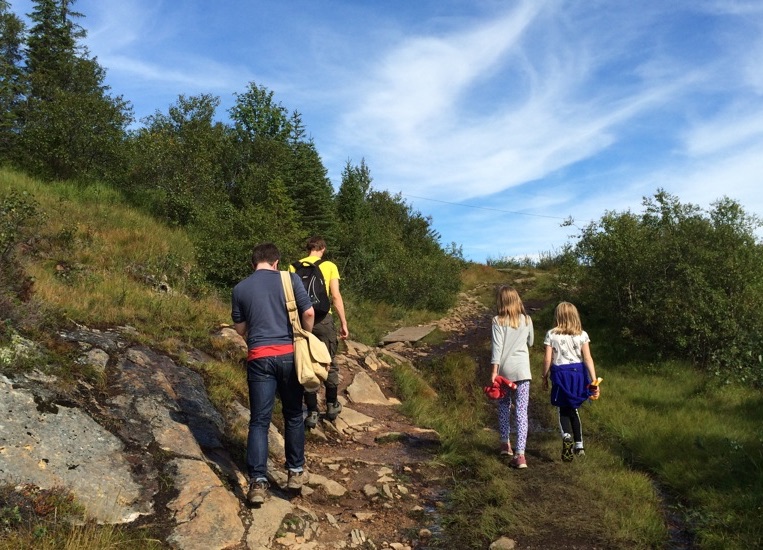
Children are introduced to the outdoors early, often before they can even walk properly. In kindergarten, it’s common to spend large portions of the day outside, regardless of the weather.
Rain suits and woollen base layers are standard kit for toddlers, who are encouraged to play in the forest, build snowmen, climb rocks, and explore mud puddles.
As children grow, friluftsliv continues through family hikes, ski days, and outdoor birthday parties. Schools reinforce the tradition through nature days, orienteering lessons, and overnight cabin trips.
Many schools include uteskole, or ‘outdoor school', where classes are held in nature to support both physical development and learning. Physical education often means skiing in winter and hiking in autumn, and high school students in some areas can even choose outdoor life as a formal subject.
By the time they reach adulthood, most Norwegians have internalised the idea that spending time outdoors is not just a leisure activity, but a vital part of a balanced, healthy life. Many will say they “need” to get outside to clear their heads or reset after a stressful week.
There are also structured, academic ways to take friluftsliv further. Several universities and folk high schools across Norway offer programmes in outdoor education, leadership, and friluftsliv theory. The very existence of such programmes is a reflection of how deeply this way of life is valued
Immigrants and Friluftsliv
That said, not everyone in Norway experiences friluftsliv equally. A report by Statistics Norway showed that immigrants—particularly those from outside Europe—participate less in outdoor activities compared to the general population.
Barriers include income, access to gear, cultural differences, and gender dynamics. But there are many initiatives working to bridge the gap, recognising the power of the outdoors to build community, improve health, and strengthen belonging.
If you’re new to Norway, don’t be discouraged by the idea that you need to own skis or conquer a mountain to fit in.
Start small. Take a walk in your local woods, join a guided DNT trip, or invite a colleague for a Sunday hike. You might find that Norwegians open up more in nature than they do in a café.
Whether it’s a snowy trail in Bymarka, a summer paddle in Oslofjord, or a picnic beside a forest lake, friluftsliv offers a powerful way to experience Norway. And perhaps, as so many have discovered, it’s also the key to feeling at home.

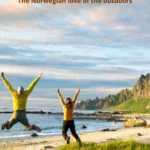

I am interested in Rollag, Numedal, as my family came from there. I have not seen any articles on it, and wondered if it still exists, since it was so small. My family immigrated to America in 1896.
Found it, still there:
https://goo.gl/maps/qCjfztQ1HmtRpRRU9
Having been on many visits to Norway I agree absolutely that exploring the outdoors is the best way to see the country and meet and get to know Norwegians, especially on longer hikes. There’s nothing like sharing a cabin or a meal in a mountain hut to break the ice. My DNT key is a prized possession and has opened up the country so much !
This was an interesting article on FRILUFTSLIV and wonder if the information is from the book of the same name that I received at Christmas by Oliver Luke Delorie that I have enjojed very much? A synopsis of Connect with Nature the Norwegian Way. I have learned much from it relating to my feelings about nature. Must be in my Norwegian blood!!